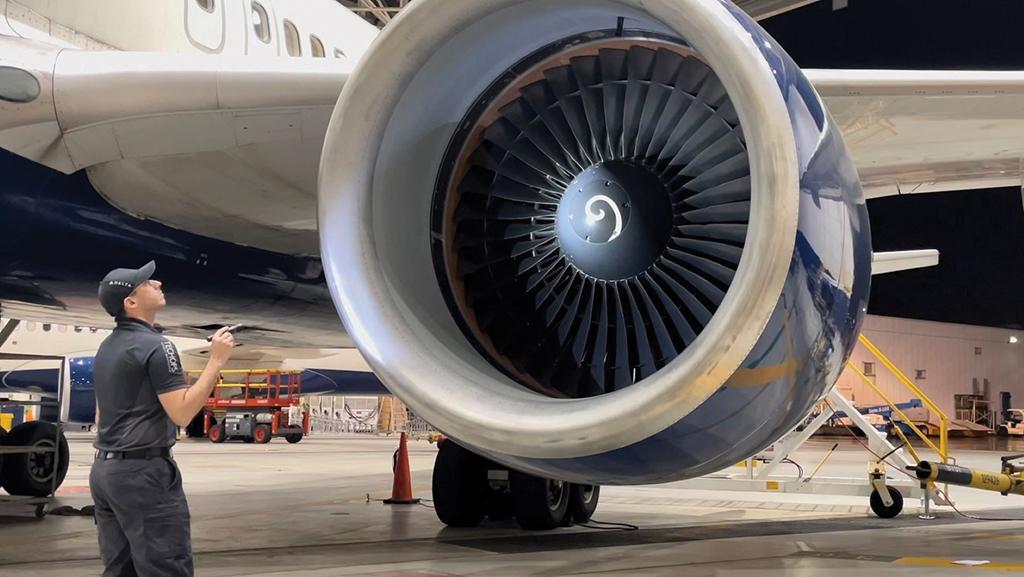
Delta TechOps is using advanced analytics to optimize predictive supply chain needs.
Credit: Delta Air Lines
In recent years, the commercial aerospace sector has shifted from a state of abundance to a supply-constrained environment, leading airlines to seek predictability. This change demands that suppliers prove they have sufficient inventory, adequate workforce and robust control over their supply chains...
Opinion: HR, Supply Chain Management Crucial For MRO Success is part of our Aviation Week & Space Technology - Inside MRO and AWIN subscriptions.
Subscribe now to read this content, plus receive full coverage of what's next in technology from the experts trusted by the commercial aircraft MRO community.
Already a subscriber to AWST or an AWIN customer? Log in with your existing email and password.





